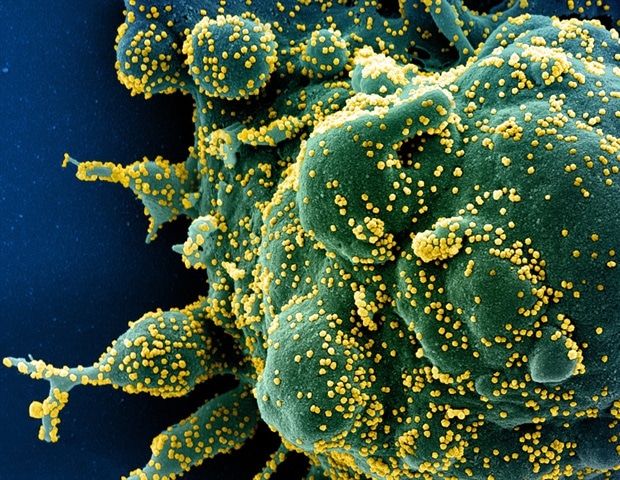Apr 28, 2020
Scientists think we’ll finally solve nuclear fusion thanks to cutting-edge AI
Posted by Genevieve Klien in categories: nuclear energy, physics, robotics/AI
Scientists believe the world will see it’s first working thermonuclear fusion reactor by the year 2025. That’s a tall order in short form, especially when you consider that fusion has been “almost here” for nearly a century.
Fusion reactors – not to be confused with common fission reactors – are the holiest of Grails when it comes to physics achievements. According to most experts, a successful fusion reactor would function as a near-unlimited source of energy.
In other words, if there’s a working demonstration of an actual fusion reactor by 2025, we could see an end to the global energy crisis within a few decades.

















